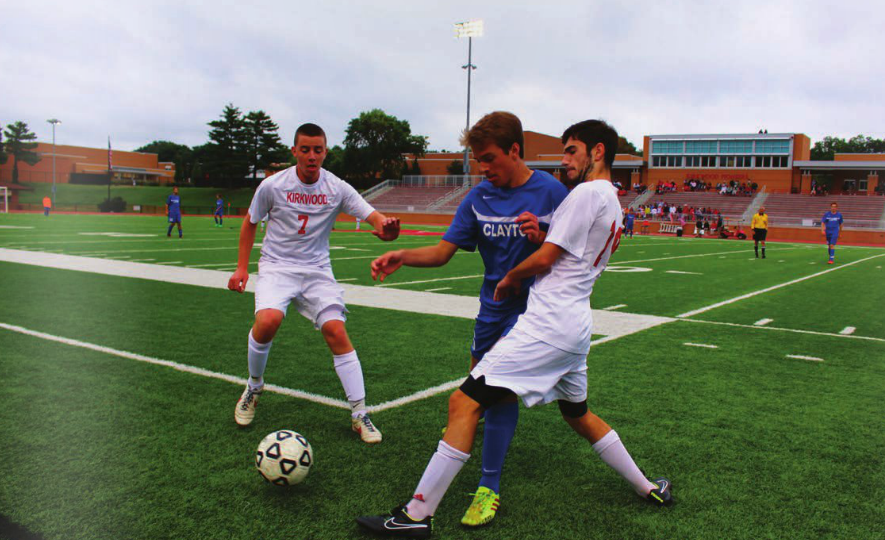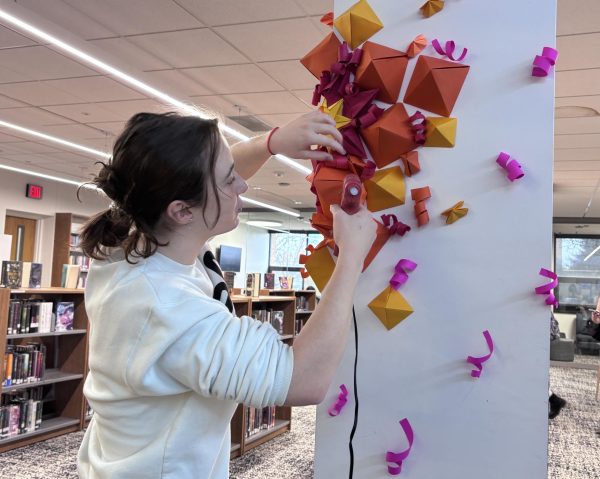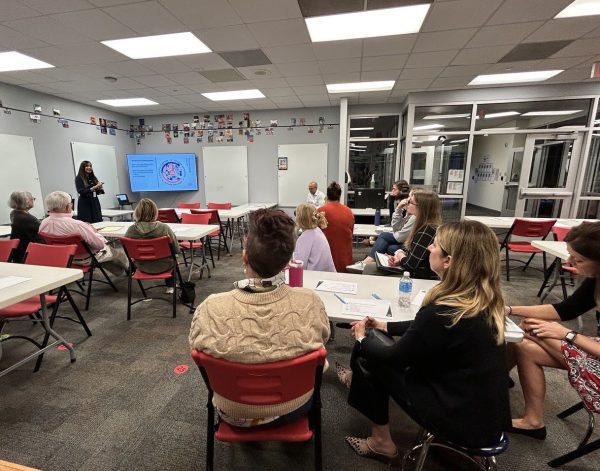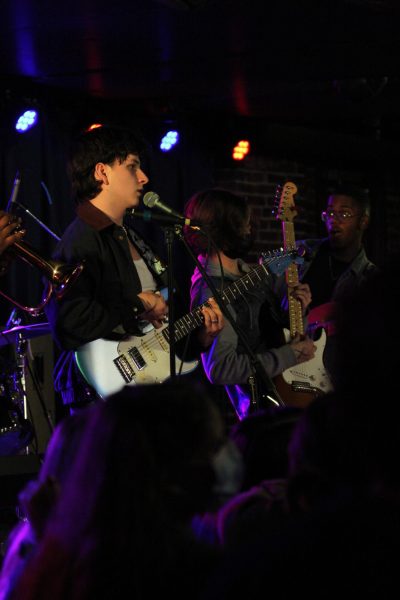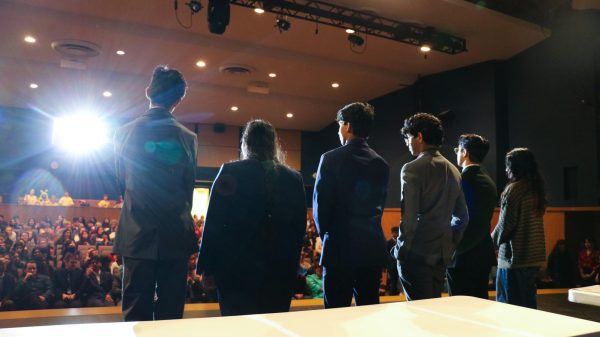Mind-bending
CHS Athletic Director Bob Bone could see that his son wanted to stay on the court. The look in his eyes screamed “keep me in, Dad.” Bone looked on from the sidelines as his son, dribbling up the court against an intensely pressing defense, took a hard hit to the head. Right away, the trainer suspected a concussion. Conflicted as both a parent and a coach, Bone was in a difficult situation. His son, the leader of the team, ended up being removed from the game completely.
Concussions have come to the forefront in recent medical studies, and doctors have been able to gain a more accurate understanding of their impact. “We are getting there,” Dr. Andrew Youkilis, a practicing neurosurgeon and a CHS parent, said. “We are a lot more conscious of the dangers of concussions than when I was a kid.”
One of the most important aspects of concussion management is early awareness and recognition. Without a doubt, Americans have become more aware of these major incidents and what to do in response to them.
As a school, Clayton has been “staying on the front edge of this [issue],” Bone said. “We educate both the parents and the student-athletes on what concussions actually are.”
Clayton implemented the ImPACT test a few years ago, and continues to consider alternative or additional tests and technologies. The ImPACT test is a neurocognitive assessment that athletes are required to complete prior to sport participation.
Additionally, Clayton’s Athletic Department is proud to say that they can set any student-athletes up with a doctor’s appointment within 24 hours. CHS’ trainer also contributes quite a lot.
“She’s always available; we try to take it off the coaches hands as much as we can,” Bone said.
Concussions are “brain injuries with brief or transient loss of consciousness,” Youkilis said. “To be concussed is to be knocked around.”
Concussions are possible in every sport. Heading the ball in soccer and, of course, football collisions come to mind immediately, but what some don’t realize is that it’s not just one brutal hit that always causes the concussion. In fact, the majority of concussions are caused by a series of hits.
“Repetitive hits can be very, very dangerous,” Youkilis said. When hit in the head, the athletes find themselves in a conflicted situation. How do they know when or if it is necessary to seek [medical] attention and retreat from the game? “
“Their automatic answer is yes, they want to go back in the game no matter what,” Bone said.
Neera Golochekine, a freshman at CHS, got a concussion during volleyball practice, early in the school year. Golochekine hit her head hard while she was diving for the ball. However, she continued to participate in practice, not knowing that she’d experienced a concussion.
“At the moment, I didn’t think I had a concussion. The coach asked me if I was okay, I said yeah, and kept practicing,” Golochekine said.
She didn’t find out about it until two days after the practice.
On the academic side of things, Golochekine now finds herself two months behind on her already-rigorous school work.
“My academics were great before my concussion, and I find myself really behind in school, with honors classes and everything,” Golochekine said. “I’m still catching up. It’s challenging to understand what they’re teaching now, while getting caught up on work from several weeks ago at the same time.”
Stressed is an understatement to describe Golochekine’s recent state.
She has not only been working hard to catch up on her academics; Golochekine also experiences frequent migraines and fogginess.
“I’m hoping, by the semester, I’ll be all caught up. It’s just a matter of time,” she said.
Not only here at Clayton, but across the entire country, we find ourselves doing more and more to avoid the incidents initially and, if they do occur, to treat them correctly and effectively. Professional football penalizes players for leading with their head. Hockey has delayed the onset of checking. Baseball has made a rule against collision at the plates. Little steps are being taken, but there is certainly more to be done.
“It’s an ongoing learning process for all of us,” Bone said.
Participating in any sport has clear risks.
“It’s just like crossing the street – sports have a risk,” Youkilis said, “Like everything in life, it’s a balance. There are pros and cons, and you have to make decisions based off an imperfect world.”
Bone’s son, an elite point guard and likely the team’s best player, was taken off the court, as the crowd, his teammates and his own father looked on with shock and disbelief. The team was beaten. While losing the game was likely a result of Bone’s absence, the story’s message emerges: a single game isn’t worth damaging a person’s brain.
That said, Youkilis stresses that being afraid of concussions should not keep a person from participating in enjoyable activities.
“It doesn’t mean you shouldn’t play sports, that you shouldn’t be invested,” Youkilis said. “There are many positive things to sports, and if we didn’t do them because of fear, we’d miss out.”
A $50 or more donation includes a subscription to the Clayton High School Globe 2024-2025 print news magazine.
We will mail a copy of our issues to the recipients of your choice.
Your donation helps preserve the tangible experience of print journalism, ensuring that student voices reach our community and that student democracy thrives.
Noah Brown is a junior, and has been a member of the Globe staff and community since his freshman year. Last year, Brown served as the Feature Section Editor, and focused his writing...


